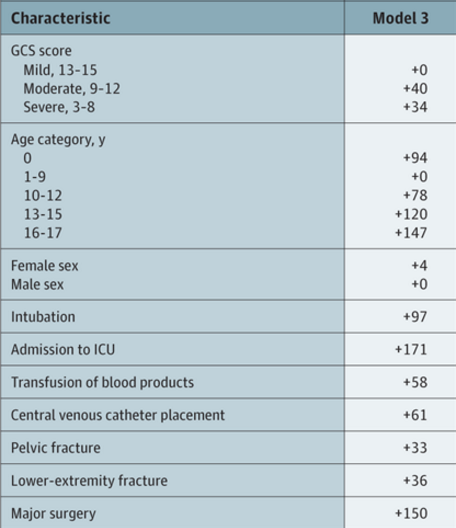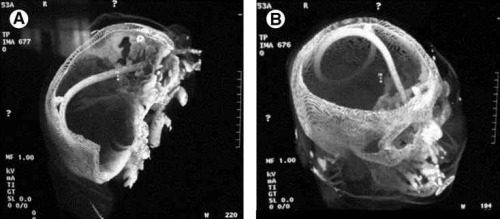The 33rd Annual Assembly of the Eastern Association for the Surgery of Trauma starts in just two weeks! As usual, I will select several interesting abstracts from the bunch to review. I’ll go over the findings of the research, critique it, and then provide a series of questions for the presenter to consider. These questions are ones that members of the audience may very well ask (hint, hint).
And FYI, I always send a heads-up to the presenters with a link to the post so they can study up beforehand!
So let’s get started with the first abstract that will be kicking off the meeting on January 15. Blunt cerebral / vertebral artery injury (BCVI) is one of those insidious injuries that trauma professionals don’t always think about. But they do occur in about 1% of major trauma patients. It’s one of those injuries that can’t be ignored because very serious complications may occur if it is not treated appropriately (think stroke).
Unless there are extenuating circumstances like bleeding or pseudoaneurysm, treatment is usually pharmaceutical. There are two camps: antiplatelet drugs vs anticoagulant drugs. But there is very little data to determine which one is better.
This abstract is a retrospective review from the National Readmission Database (NRD). This resource is maintained by the US government and provides information on patient readmissions nationally across all payors as well as the uninsured. They included all patients > 18 years old with a BCVI and minor injuries in other body regions. Patients who suffered a stroke complication during their initial hospital stay were excluded.
Patients were divided into two groups: those taking an antiplatelet agent and those prescribed an anticoagulant. Outcomes of interest were readmission with CVA and death, within six months.
Here are the factoids:
- 725 patients with BCVI were found during the five year study period
- Patients were propensity matched for a 1:1 ratio of patients taking antiplatelet vs anticoagulant drugs, leaving 370 patients for analysis
- There was a lower rate of admission in the anticoagulant patients vs the antiplatelet ones (9% vs 26%)
- There were fewer deaths within 6 months in the anticoagulated patients (1.3% vs 3.9%)
- Median time to stroke was 6-9 days and was not significantly different between the two groups
The authors concluded that the overall stroke rate after BCVI is 6%. They also found an association with lower rates of CVA within 6 months of discharge in patients on anticoagulants. They recommend further studies to determine which type of chemoprophylaxis is best.
My comments: This is an interesting paper that addresses a problem that we don’t have good answers for. The study was well constructed and simple to follow. The two areas that I have questions about are data quality and statistical power.
The NRD is a powerful tool for research, but does have some shortcomings. It only contains information on readmissions, and may not contain some patients who had asymptomatic strokes or massively stroked and died at home. Not knowing these numbers injects some bias and could change the numbers and findings of the study.
The other issue has to do with statistical power. The overall eligible patient group (725 patients) was small in the first place. Propensity matching for a 1:1 ratio shrunk it to only 370, or 185 in each treatment group. My armchair power calculations show that this study would only be able to detect a 7x difference in mortality, and not the 3x difference seen. I’m glad the authors didn’t claim a “significant decrease in CVA” in the anticoagulated patients vs the antiplatelet drug patients.
Here are my questions for the authors:
- What do you see as drawbacks to data quality in your study due to use of the National Readmissions Database? How do you think that patients not included in it impacted your data?
- Is there anything you can do to improve the statistical power of the study to see if the mortality difference is truly different? Even though your statistical analysis shows significance, the number of subjects doesn’t allow you to claim this until the mortality in the antiplatelet group reaches 9%.
This was a simple yet fascinating study, and is a start toward helping us determine which of the two drug classes is most appropriate for patients with BCVI.
Reference: Treatment of blunt cerebrovascular injuries: anticoagulants or antiplatelets? EAST Annual Assembly abstract #1, 2020.





